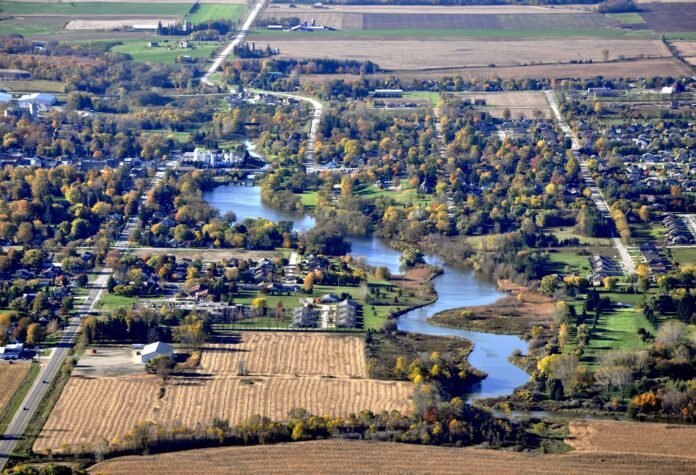The announcement made by the Immigration, Refugees, and Citizenship Canada (IRCC) regarding the introduction of new immigration pilots aimed at rural and francophone communities in Canada is a significant development in the nation’s immigration landscape. These initiatives signify a concerted effort to address labor shortages, stimulate economic growth, and foster community integration in regions outside major urban centers.
Program Overview
The Rural Immigration Pilot and the Francophone Community Immigration Pilot are groundbreaking initiatives designed to attract and retain skilled foreign workers in rural and remote areas. These pilots build upon the successes of previous programs like the Rural and Northern Immigration Pilot (RNIP) and aim to create pathways to permanent residency for newcomers while addressing the unique challenges faced by these communities.
ALSO READ| Justin Trudeau’s Navratri wish in the midst of India-Canada Row.
Rationale and Objectives
The decision to introduce these pilots stems from the recognition of the vital role that skilled immigrants play in supporting economic development and mitigating labor shortages in rural and remote regions. The objectives include stimulating economic growth, retaining talented individuals, and fostering community sustainability through targeted immigration policies.
Impact Assessment
The impact of these pilots on participating communities is profound. By providing access to skilled labor and encouraging settlement in rural areas, these initiatives have the potential to revitalize local economies, create employment opportunities, and enhance the overall quality of life for residents. Case studies and success stories from communities like Sudbury underscore the tangible benefits of strategic immigration policies.
Community Engagement and Selection Process
Community engagement lies at the heart of these initiatives. The selection process involves collaboration between IRCC and interested communities, ensuring that the needs and priorities of local stakeholders are adequately addressed. By empowering communities to participate in the immigration process, these pilots promote inclusivity and facilitate tailored solutions to regional challenges.
Long-term Sustainability
Ensuring the long-term sustainability of these programs requires a multifaceted approach. This involves ongoing evaluation, stakeholder consultation, and policy adjustments to optimize outcomes. By making the Rural Immigration Pilot permanent and expanding its reach, IRCC demonstrates a commitment to supporting the growth and prosperity of rural and francophone communities across Canada.
ALSO READ| Canada’s Unemployment Rate Surges to 5.8% Amidst Population Expansion.
Challenges and Opportunities
Despite the undeniable benefits of these initiatives, challenges remain. These include logistical hurdles, cultural integration, and coordination between federal, provincial, and municipal governments. However, by leveraging the expertise and resources of all stakeholders, these challenges can be addressed effectively, unlocking the full potential of immigration as a driver of rural development.
The introduction of the Rural Immigration Pilot and the Francophone Community Immigration Pilot represents a significant milestone in Canada’s immigration policy. By prioritizing the needs of rural and remote communities and facilitating the integration of skilled immigrants, these initiatives exemplify a forward-thinking approach to regional development. Moving forward, sustained collaboration and innovation will be essential to maximizing the social, economic, and cultural benefits of immigration for all Canadians.

